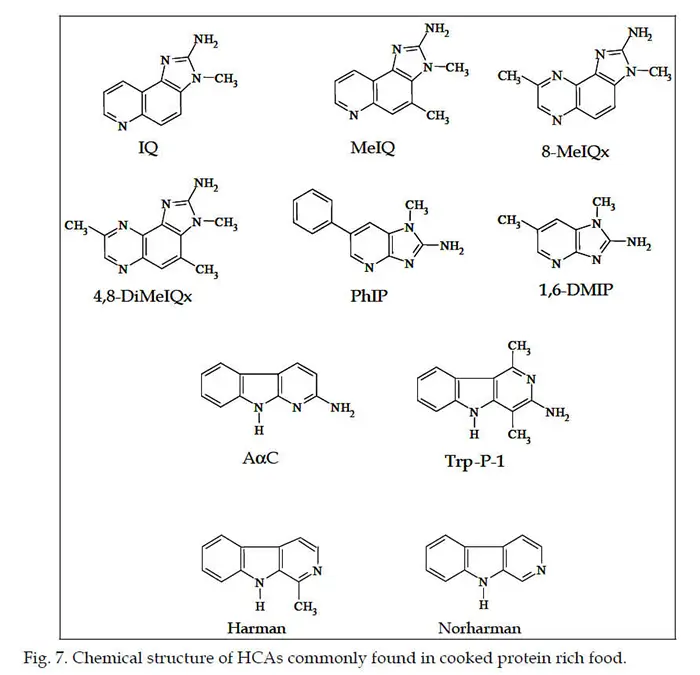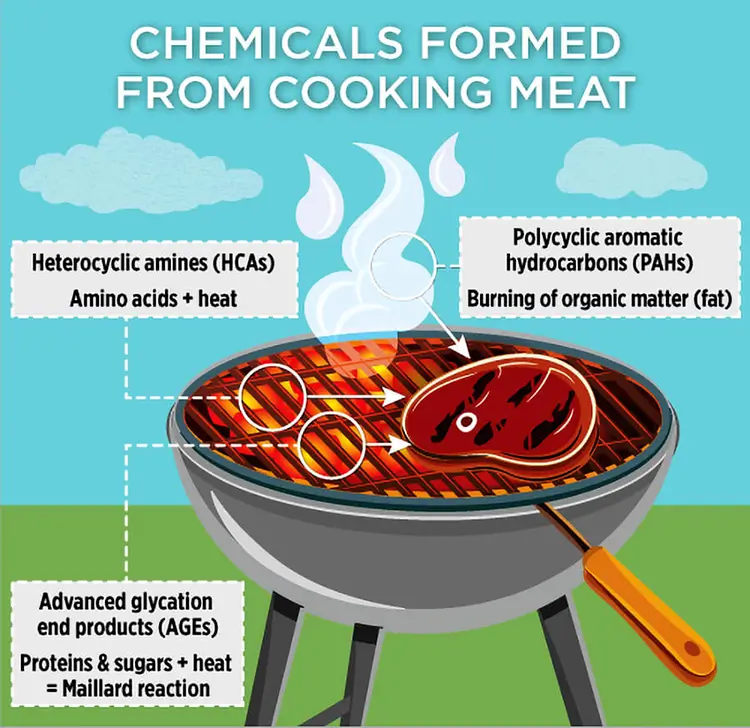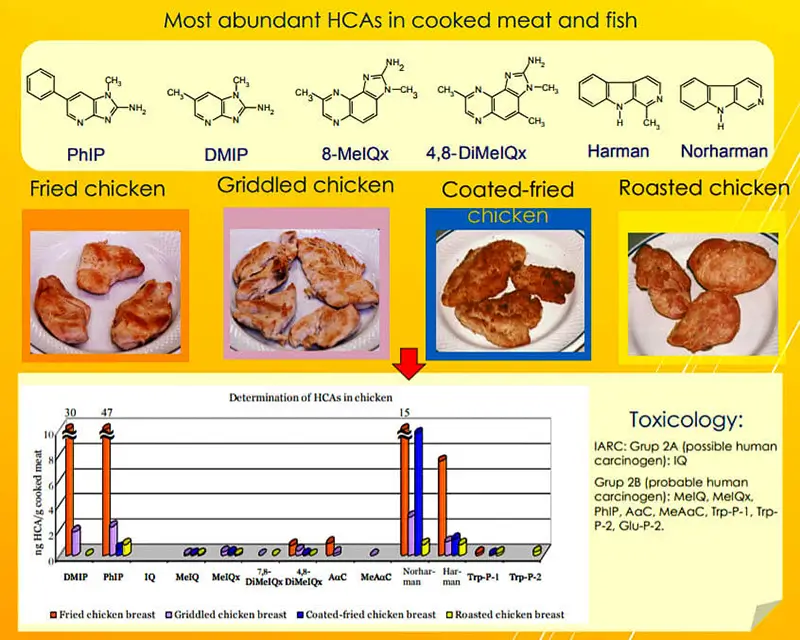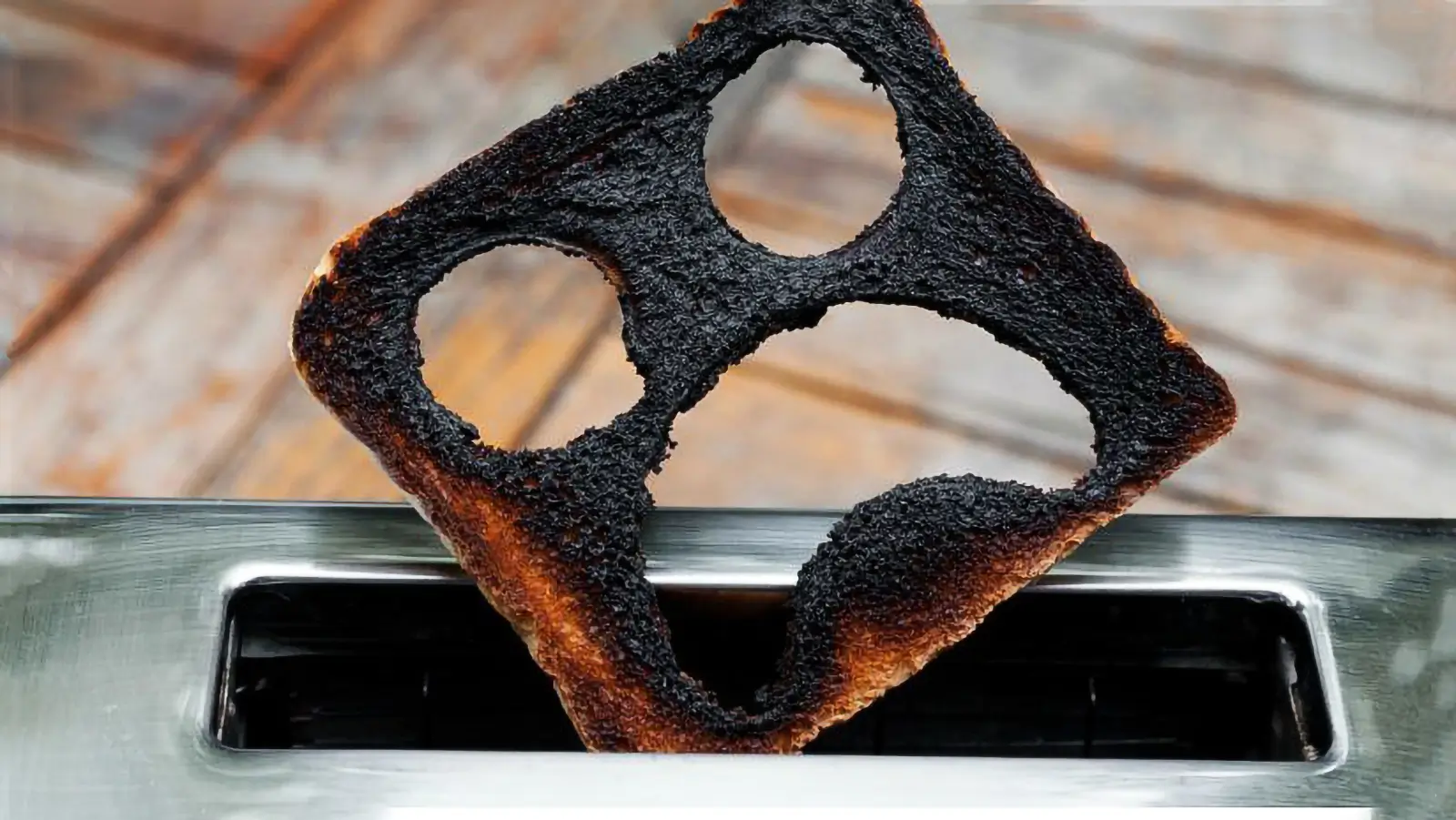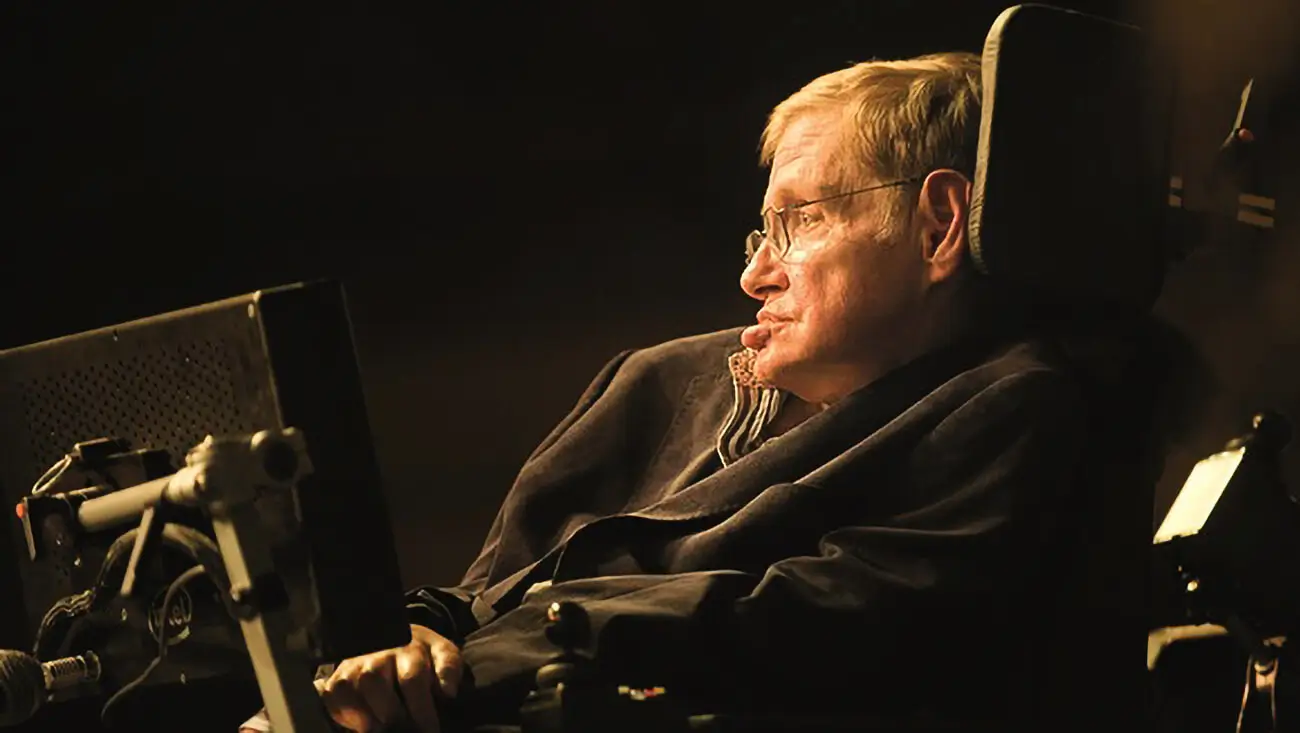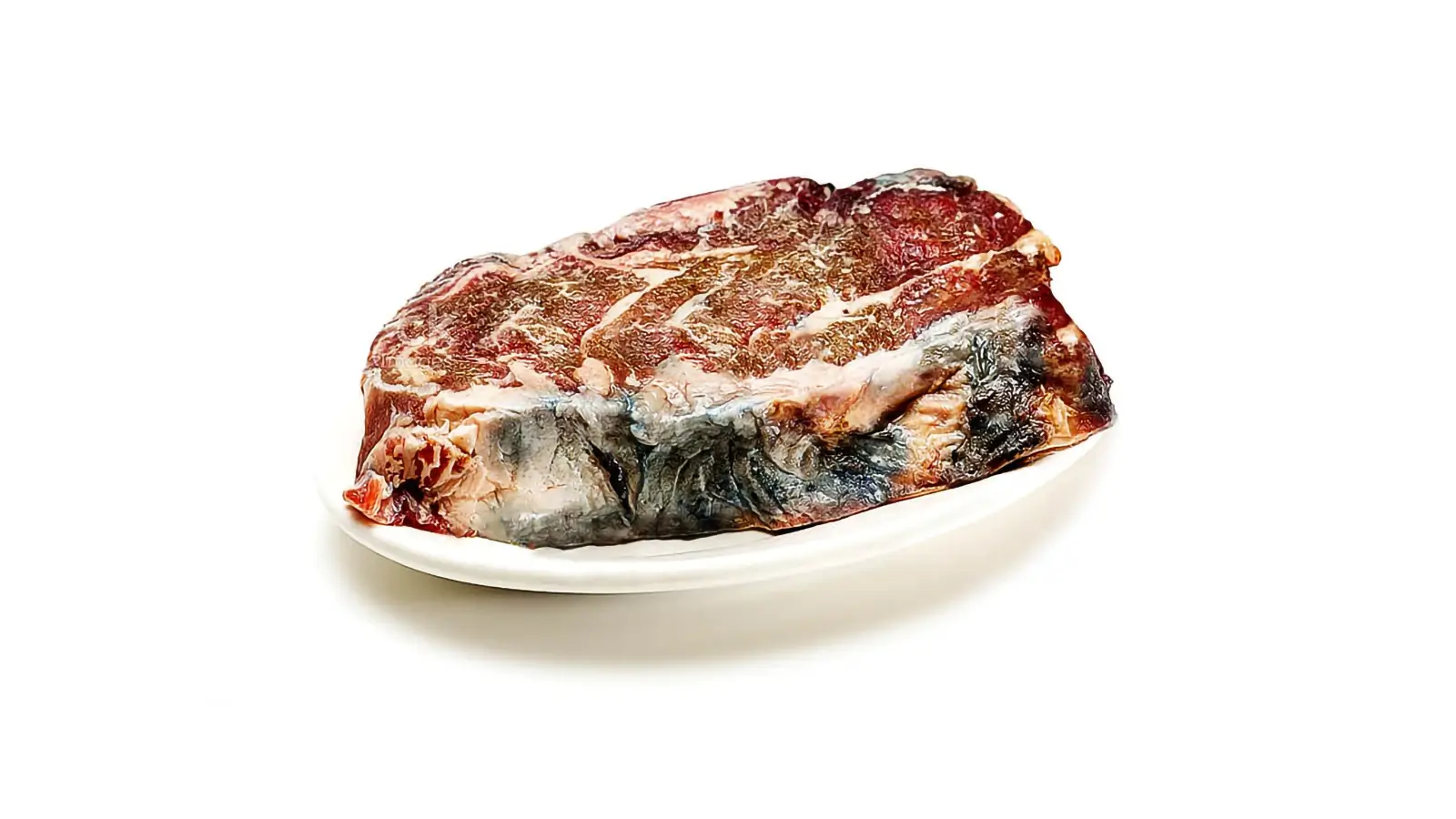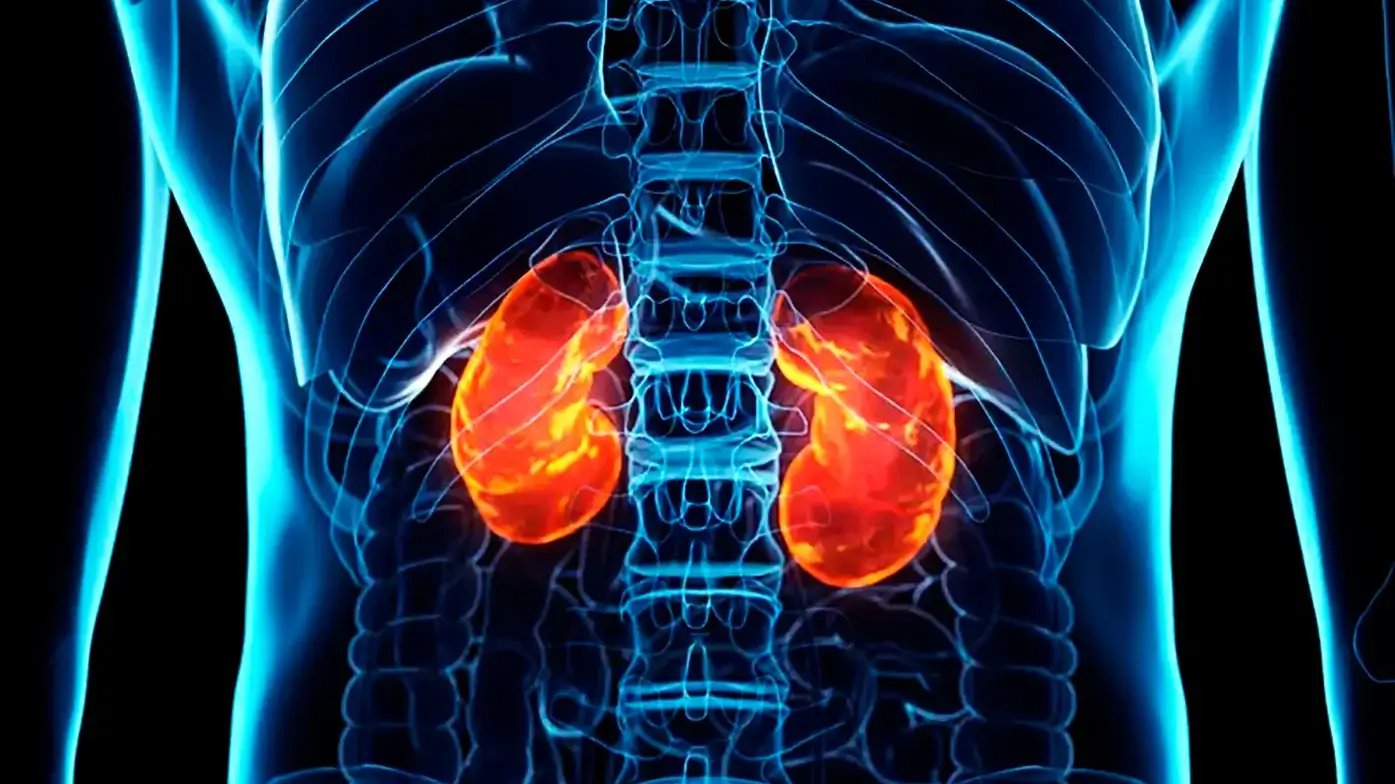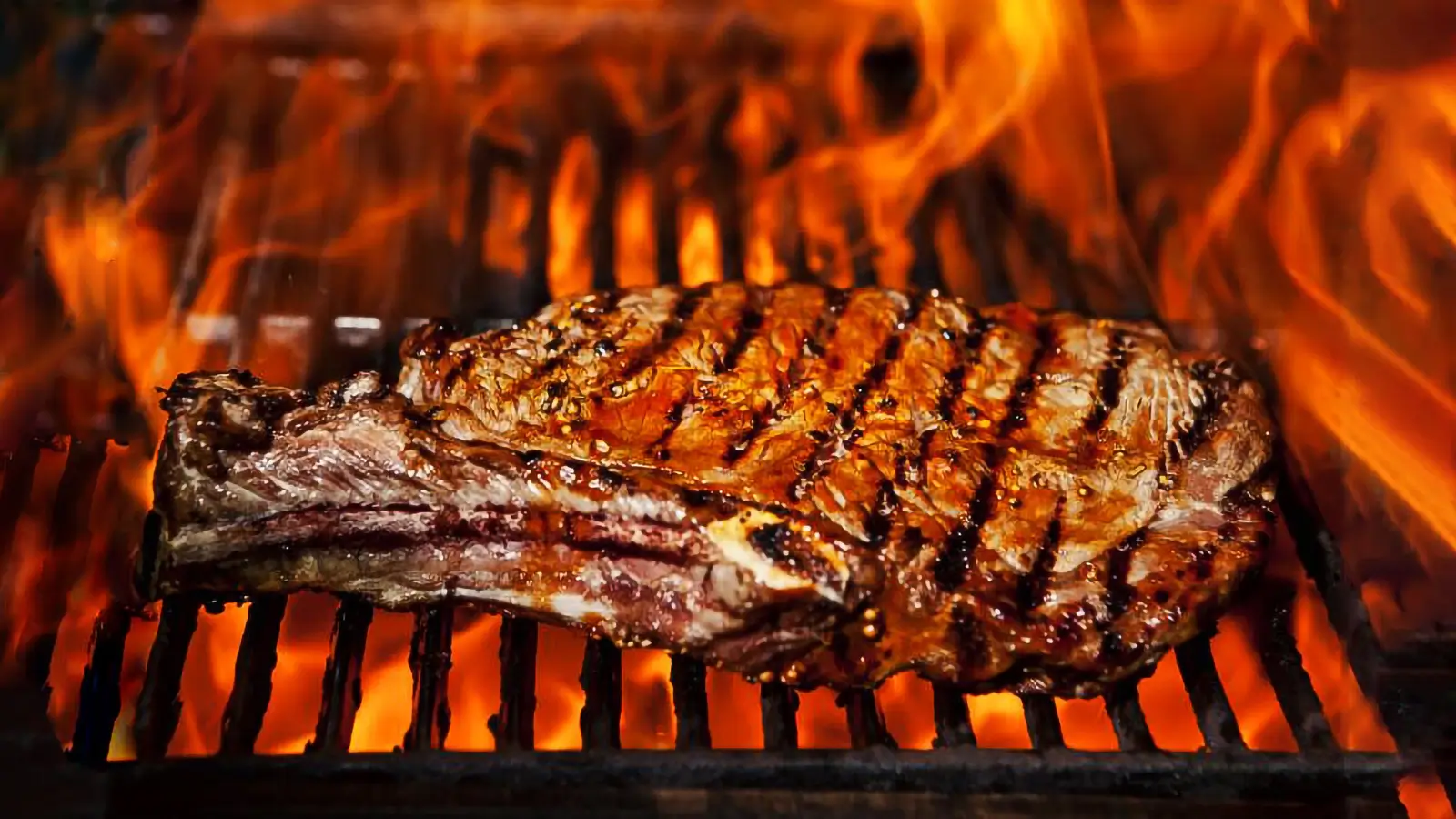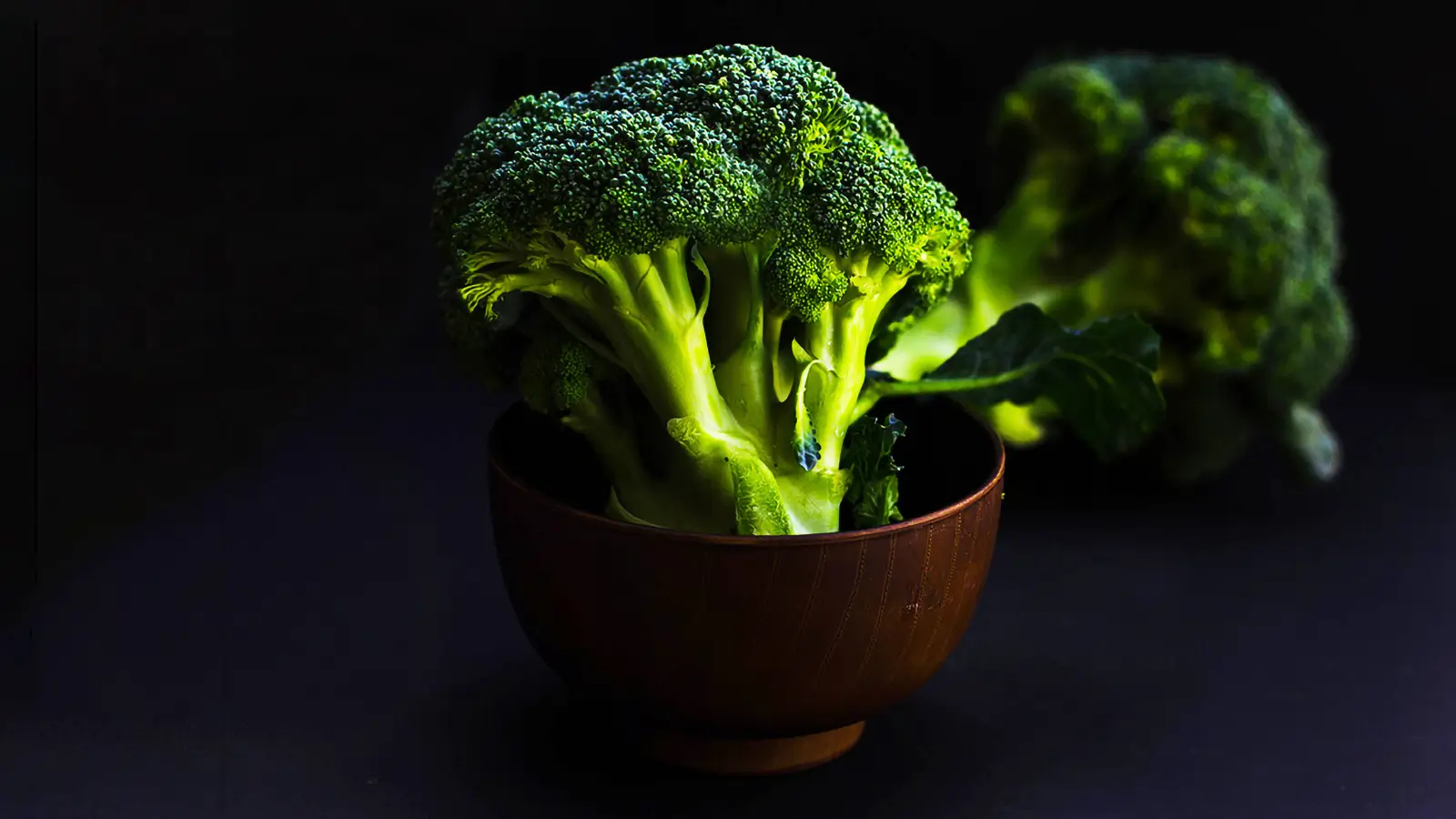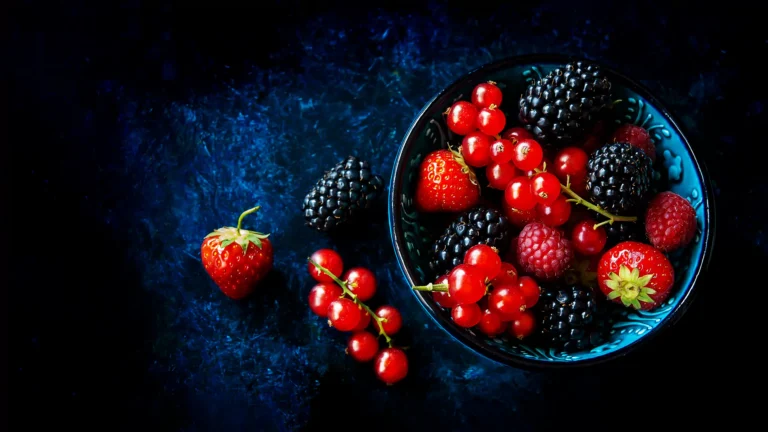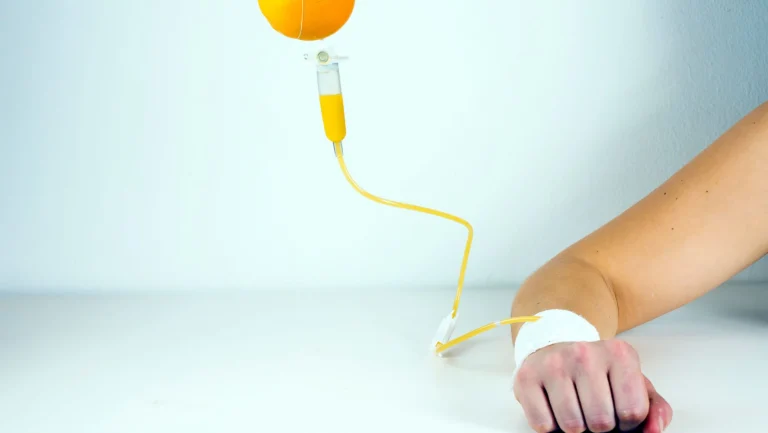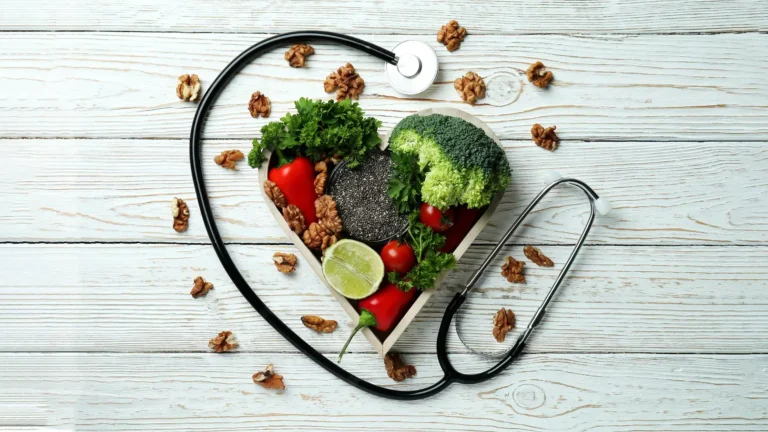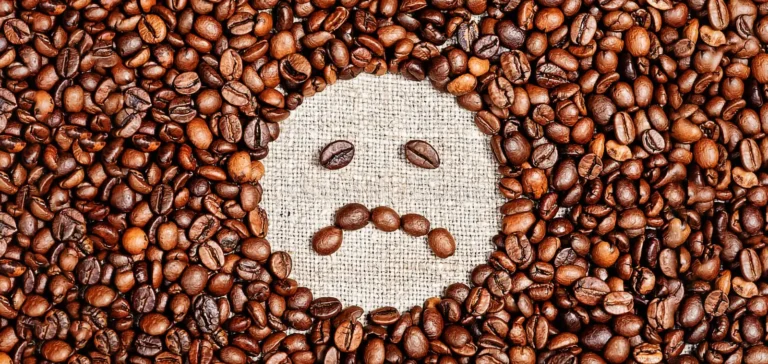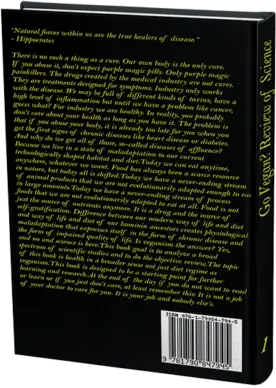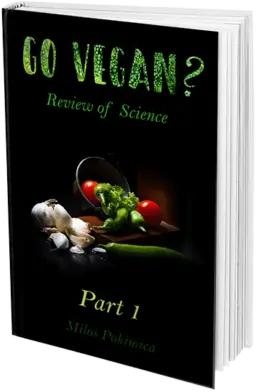Cozido de Carne - O agente Mutagênico em uma Mordida, Aminas Heterocíclicas Exposição
Aquecimento de aminoácidos na presença de creatina (cozido de carne) cria mutagénicas conhecidos como Aminas Heterocíclicas (HCA).
Milos Pokimica
Escrito por: Milos Pokimica
Revisto Clinicamente Por: Dr. Xiùying Wáng, M.D.
Actualizado em 9 de Junho de 2023Não há nenhum animal conhecido na natureza, excepto os humanos modernos que grelham carne. Este não é um processo evolutivo congruente que esteja a causar uma grave má adaptação.
O aquecimento de aminoácidos na presença de creatina e de açúcares monossacarídeos cria agentes mutagénicos conhecidos como Aminas Heterocíclicas (HCA). O nosso corpo não os reconhece como diferentes e integra-os nas células. Estes aminoácidos foram danificados devido ao aquecimento e a sua forma molecular é alterada. Esta integração em células saudáveis causa mutações no ADN. O cancro é uma das muitas doenças correlacionadas.

As pessoas do Paleo que gostam de carne magra de alguma forma esquecem que no período Paleo a maioria das pessoas pré-históricas não viveu o tempo suficiente para morrer de doenças cardiovasculares ou cancro ou sofrer de doenças crónicas. Em condições extremamente duras onde a esperança média de vida é de 32 anos de idade, os genes que são transmitidos às gerações mais jovens são os que têm idade suficiente para chegar à idade reprodutiva por qualquer meio necessário. Isto significa não morrer de fome ou de doença ou num ataque. Quanto mais calorias consumirmos, melhor, sejam elas quais forem. O elo do cancro da carne não é realmente motivo de preocupação.
Comer carne crua de carcaças em decomposição não é o nosso alimento. Levaria apenas um par de horas após a morte em condições climáticas em África para a carne se estragar.
As espécies carnívoras lidam com microrganismos nocivos com ácido gástrico forte. A capacidade do estômago dos carnívoros de emitir ácido clorídrico é notável. Os carnívoros podem manter o pH gástrico em torno de 1 ou 2, mesmo com a presença de alimentos. O pH gástrico forte facilita a decomposição das proteínas e é necessário para matar a grande quantidade de microrganismos perigosos frequentemente encontrados na carne em decomposição. O seu trato digestivo é estéril e não há cólon grande para fermentar fibras ou outros alimentos. A carne é digerida em algumas horas e excretada. Em animais carnívoros, o tempo de trânsito é muito curto. Os tipos de bactérias no intestino também são diferentes. Quando comemos uma maçã podre, podemos ficar bêbados, mas se comermos carne crua em decomposição, há uma grande possibilidade de consequências graves e morte.
Em certas condições quando há uma necessidade absoluta, os animais herbívoros comerão a carne disponível apenas para sobreviver. E a carne tem de ser cozinhada.
Deixem-me dar um exemplo de como as doenças crónicas ocorrem e progridem para que possamos começar a compreender isto. A perturbação mais comum do sistema nervoso de todas as perturbações neurológicas é algo chamado tremor essencial (ET). Geralmente envolve um tremor involuntário dos braços, mãos ou dedos, mas às vezes também pode afetar a cabeça, as cordas vocais ou outras partes do corpo. É uma condição diferente da doença de Parkinson, mas muitas vezes é diagnosticada erroneamente como tal. Nos casos mais graves, a TE interfere nas atividades diárias da pessoa, como vestir-se, cuidar da higiene pessoal, alimentar-se, e geralmente é progressiva na maioria dos casos. Algumas pessoas têm casos na família, pelo que a genética desempenha um papel importante e os sintomas desenvolvem-se numa idade precoce, mas não é a genética ruim que é o verdadeiro problema, e vou explicar porquê.
O que acontece é que quando aquecemos aminoácidos (blocos de construção de proteínas) na presença de creatina e açúcares monossacarídeos, estes têm uma reacção e os aminoácidos perdem a sua forma molecular.
O que isso significa é que eles são diferentes mas não tanto, e esse é o problema porque o nosso corpo não os reconhece como diferentes. Pensa que eles são apenas aminos regulares. O cancro da carne é uma correlação causada por esta mutagenicidade das Aminas Heterocíclicas (HCA), mas também o são muitas outras condições diferentes.
Ainda não estamos totalmente adaptados ao nosso novo estilo de vida e como consequência o que acontece é que eles começam a ser incorporados nas nossas células. Como a sua estrutura molecular é diferente, causa problemas sob a forma de mutações. Ter mutações talvez pareça uma boa ideia para um filme SF, mas na vida real mata.
Provoca alterações no ADN. A carne aquecida a altas temperaturas, especialmente acima dos 300 °F (como em grelhados ou frituras), ou que é cozinhada durante muito tempo, tende a formar mais destas aminas heterocíclicas mutantes (HCAs).
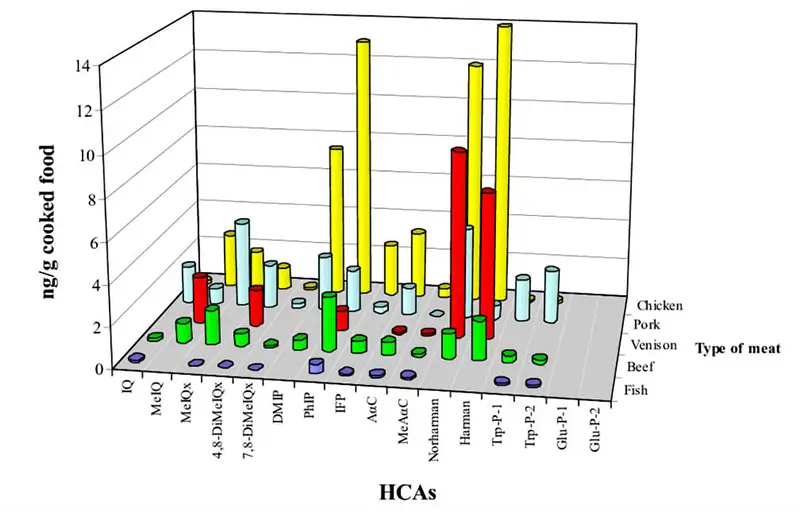
Por exemplo, frango bem feito, grelhado ou grelhado e bife, todos têm concentrações extremas de Aminas Heterocíclicas (HCAs). O frango é o pior de todos, com cerca de duas vezes mais deste carcinogéneo do que a carne de vaca ou de porco. Marinar a carne antes de cozinhar em alguma forma de marinadas ricas em antioxidantes como o alho ou o alecrim parece ajudar. O alho a 20 gm/100 gm de marinada reduziu a produção de carcinogéneo em cerca de 70%. Em contraste, o molho de churrasco regular que contém muito açúcar causou um aumento significativo na formação química, triplicando os níveis após 15 minutos de cozedura.
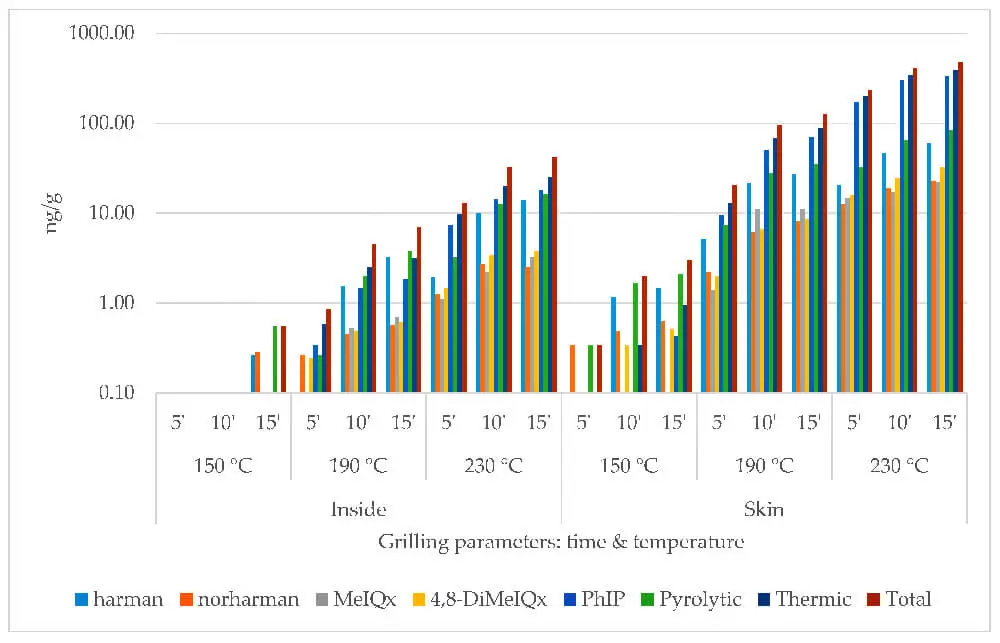
Existe uma lista de diferentes tipos destas aminas heterocíclicas estragadas em carne cozida que são criadas. A PhIP (2-Amino-1-metil-6-fenilimidazopiridina) é a mais abundante. Estudos a longo prazo com roedores confirmaram que o PhIP causa glândula mamária e cancro do cólon. O mais tóxico e mutagénico de todos é o MeIQ. O MeIQ é precisamente 24 vezes mais cancerígeno do que a aflatoxina, e a aflatoxina é uma das substâncias mais tóxicas alguma vez criadas pelo mofo. Todas as outras, e existem mais de 20 HCAs, são mais tóxicas do que o benzopireno. O benzopireno é um cancerígeno primário que causa mais danos aos fumadores e que se encontra no fumo do cigarro e no alcatrão de carvão.
O fumo, na realidade, ao mesmo tempo durante a cozedura, cria uma lista de outros agentes mutagénicos diferentes chamados hidrocarbonetos aromáticos policíclicos (HAP). As técnicas de cozedura que expõem a carne ao fumo ou ao carbonato contribuem para a formação de PAH. Os PAHs são criados com a cozedura a alta temperatura da carne. Por exemplo, quando a gordura e os sumos de carne grelhada pingam e provocam chamas, os fumos são enchidos com PAHs que aderirão então à superfície da carne. Qualquer forma de queima pode criá-los, por exemplo, carvão, petróleo, gás, madeira, lixo, e tabaco também os têm. Também são formados onde o fumo é utilizado, tal como o fumo de carnes.
Estes mutagénios não naturais (HCAs e PAH) que se formam com actividades não naturais, tais como grelhar, são capazes de danificar o ADN devido à nossa falta de adaptação a eles. O organismo tem uma linha de enzimas específicas para neutralizar estes agentes mutagénicos.
Os investigadores descobriram que a ação dessas enzimas difere significativamente entre as pessoas. E isso é um problema. Em indivíduos com níveis mais baixos dessas enzimas, a exposição a esses compostos pode estar associada a um aumento nos riscos de cancro. Alguns de nós conseguem lidar melhor com a desintoxicação desses mutagénicos e outros não, tendo um risco maior de cancro. E isso é o que se chama de fator genético na medicina. Não é que nascemos com genes ruins e pronto, você terá cancro ou não. A situação é mais complicada do que isso.
Claro que algum nível de cancro também acontece em animais, mas 23,4% de todas as mortes não são de origem genética. É uma epidemia de proporções bíblicas porque é, na sua essência, uma forma de má adaptação ao nosso ambiente.
Um dos HCAs que se forma é o Harmane. O Harmane é uma neurotoxina fortemente associada a tremores essenciais. Se exposto por injeção, o rato desenvolverá um tremor extremo em apenas 3,1 minutos após a exposição, e o tremor durará horas. Por ser lipossolúvel, acumular-se-á ao longo do tempo em todos os tecidos adiposos, incluindo o cérebro. É encontrado em níveis elevados não apenas no cérebro de pacientes com TE, mas também na doença de Parkinson. Quando comparada ao grupo de controlo, a concentração de Harmane é precisamente 50% maior no cérebro de pacientes com tremor essencial. Também está elevada em amostras de sangue. Se houver um paciente com histórico familiar de tremor essencial, os resultados dos exames de sangue mostram as concentrações mais altas de todas as pessoas.
O tremor essencial é a doença da desintoxicação enzimática do fígado, uma forma de maladaptação. As pessoas com ET mas sem história familiar terão níveis pouco inferiores aos das pessoas com história familiar mas ainda assim bem acima dos níveis normais. Harmane elevado em ET é devido a uma redução herdada da capacidade de metabolizá-lo fora do sistema. O mesmo acontece com qualquer outra doença, algumas pessoas são mais propensas a ela, outras menos, mas nenhum de nós é completamente imune. É por isso que vemos que com o tempo a percentagem de pessoas com a doença sobe. De 4% na década de 40 para 20% na década de 90. Se conseguirmos viver o tempo suficiente, a maior parte de nós acabará por a contrair, excepto as pessoas que não a consomem. Por cada 10 gramas/dia adicionais de carne consumida, as probabilidades de ET aumentam em 6%.
Agora pode não ter ET, tudo isto é apenas um pequeno exemplo de compreensão lógica. Pode ser que apanhe apenas cancro. A verdadeira dificuldade é que existe uma longa lista de diferentes doenças crónicas de onde se pode fazer uma escolha, dependendo da genética individual.
Referências:
Passagens seleccionadas de um livro: Pokimica, Milos. Go Vegan? Revisão da Ciência-Parte 1. Kindle ed., Amazon, 2018.
- Hopfner, Franziska, e Rick C. Helmich. "A Etiologia do Tremor Essencial: Genes versus Ambiente". Parkinsonismo e doenças relacionadas, vol. 46, Elsevier BV, Jan. 2018, pp. S92-96. https://doi.org/10.1016/j.parkreldis.2017.07.014.
- Louis, Elan D et al. "Dietary epidemiology of essential tremor: meat consumption and meat cooking practices." Neuroepidemiologia vol. 30,3 (2008): 161-6. doi:10.1159/000122333
- Barzegar, Fatemeh et al. "Heterocyclic aromatic amines in cooked food: A review on formation, health risk-toxicology and their analytical techniques." Química alimentar vol. 280 (2019): 240-254. doi:10.1016/j.foodchem.2018.12.058
- Sanz-Serrano, J et al. "Avaliação da genotoxicidade da carne frita: A comprehensive review". Toxicologia alimentar e química : uma revista internacional publicada para a British Industrial Biological Research Association vol. 136 (2020): 110943. doi:10.1016/j.fct.2019.110943
- Felton, J S et al. "Identification of the mutagen in cooked beef." Perspectivas da saúde ambiental vol. 67 (1986): 17-24. doi:10.1289/ehp.866717
- Heddle, J A et al. "A test of the mutagenicity of cooked meats in vivo." Mutagénese vol. 16,2 (2001): 103-7. doi:10.1093/mutage/16.2.103
- Shin, Aesun et al. "Meat and meat-mutagen intake, doneness preference and the risk of colorectal polyps: the Tennessee Colorectal Polyp Study." Revista internacional do cancro vol. 121,1 (2007): 136-42. doi:10.1002/ijc.22664
- Shabbir, Muhammad Asim et al. "Effect of thermal treatment on meat proteins with special reference to heterocyclic aromatic amines (HAAs)." Revisões críticas em ciência de alimentos e nutrição vol. 55,1 (2015): 82-93. doi:10.1080/10408398.2011.647122
- Alaejos, M S et al. "Exposure to heterocyclic aromatic amines from the consumption of cooked red meat and its effect on human cancer risk: a review." Aditivos e contaminantes alimentares. Parte A, Química, análise, controlo, exposição e avaliação de riscos vol. 25,1 (2008): 2-24. doi:10.1080/02652030701474235
- Pleva, Dániel et al. "Predictive Correlation between Apparent Sensory Properties and the Formation of Heterocyclic Amines in Chicken Breast as a Function of Grilling Temperature and Time" (Correlação preditiva entre as propriedades sensoriais aparentes e a formação de aminas heterocíclicas no peito de frango em função da temperatura e do tempo de grelhagem). Alimentos (Basileia, Suíça) vol. 9,4 412. 2 Abr. 2020, doi:10.3390/foods9040412
- Zheng, Wei, e Sang-Ah Lee. "Ingestão de carne bem passada, exposição a aminas heterocíclicas e risco de cancro". Nutrição e cancro vol. 61,4 (2009): 437-46. doi:10.1080/01635580802710741
Publicações Relacionadas
Você tem alguma dúvida sobre saúde e nutrição?
Eu adoraria ouvir de você e respondê-las em meu próximo post. Agradeço sua contribuição e opinião e espero ouvir de você em breve. Eu também convido você a siga-nos no Facebook, Instagram e Pinterest para mais conteúdos sobre dieta, nutrição e saúde. Pode deixar um comentário e ligar-se a outros entusiastas da saúde, partilhar as suas dicas e experiências e obter apoio e encorajamento da nossa equipa e comunidade.
Espero que este post tenha sido informativo e agradável para si e que esteja preparado para aplicar os conhecimentos que aprendeu. Se achou este post útil, por favor partilhá-lo com os seus amigos e familiares que também possam beneficiar com isso. Nunca se sabe quem poderá precisar de alguma orientação e apoio no seu percurso de saúde.
– Você Também Pode Gostar –

Aprender Sobre Nutrição
Milos Pokimica é médico de medicina natural, nutricionista clínico, escritor de saúde e nutrição médica, e conselheiro em ciências nutricionais. Autor da série de livros Go Vegan? Revisão de Ciênciaopera também o website de saúde natural GoVeganWay.com
Medical Disclaimer
GoVeganWay.com traz análises das pesquisas mais recentes sobre nutrição e saúde. As informações fornecidas representam a opinião pessoal do autor e não pretendem nem implicam substituir aconselhamento, diagnóstico ou tratamento médico profissional. As informações fornecidas são apenas para fins informativos e não se destinam a servir como substituto para consulta, diagnóstico e/ou tratamento médico de um médico ou profissional de saúde qualificado.NUNCA DESCONSIDERE o CONSELHO MÉDICO PROFISSIONAL OU adiar a BUSCA de TRATAMENTO MÉDICO por causa DE ALGO QUE TENHA LIDO OU ACESSADO por MEIO de GoVeganWay.com
NUNCA APLIQUE QUAISQUER MUDANÇAS de estilo de VIDA OU QUALQUER MUDANÇA COMO UMA CONSEQUÊNCIA DE ALGO QUE TENHA LIDO NO GoVeganWay.com ANTES de CONSULTORIA de LICENÇA MÉDICA.
No caso de uma emergência médica, ligue para o médico ou para o 911 imediatamente. GoVeganWay.com não recomenda ou endossa qualquer específicos, grupos, organizações, exames, médicos, produtos, procedimentos, opiniões ou outras informações que podem ser mencionadas dentro.
Sugestões do Editor –
Milos Pokimica é escritor especializado em saúde e nutrição e consultor em ciências nutricionais. Autor da série de livros Go Vegan? Revisão de Ciênciaopera também o website de saúde natural GoVeganWay.com
Artigos Mais Recentes -
Superior De Saúde De Notícias — ScienceDaily
- Scientists reverse Alzheimer’s in mice and restore memoryon Dezembro 24, 2025
Alzheimer’s has long been considered irreversible, but new research challenges that assumption. Scientists discovered that severe drops in the brain’s energy supply help drive the disease—and restoring that balance can reverse damage, even in advanced cases. In mouse models, treatment repaired brain pathology, restored cognitive function, and normalized Alzheimer’s biomarkers. The results offer fresh hope that recovery may be possible.
- Why consciousness can’t be reduced to codeon Dezembro 24, 2025
The familiar fight between “mind as software” and “mind as biology” may be a false choice. This work proposes biological computationalism: the idea that brains compute, but not in the abstract, symbol-shuffling way we usually imagine. Instead, computation is inseparable from the brain’s physical structure, energy constraints, and continuous dynamics. That reframes consciousness as something that emerges from a special kind of computing matter, not from running the right program.
- This tiny peptide could help stop brain damage after injuryon Dezembro 24, 2025
A four–amino acid peptide called CAQK has shown powerful brain-protective effects in animal models of traumatic brain injury. Delivered through a standard IV, it zeroes in on injured brain tissue, calming inflammation and reducing cell death while improving recovery. The peptide worked in both mice and pigs, whose brains are closer to humans in structure. Researchers are now preparing to move toward early human clinical trials.
- These nanoparticles kill cancer cells while sparing healthy oneson Dezembro 24, 2025
Researchers have created tiny metal-based particles that push cancer cells over the edge while leaving healthy cells mostly unharmed. The particles work by increasing internal stress in cancer cells until they trigger their own shutdown process. In lab tests, they killed cancer cells far more effectively than healthy ones. The technology is still early-stage, but it opens the door to more precise and gentler cancer treatments.
- Your roommate’s genes may be shaping your gut bacteriaon Dezembro 24, 2025
Scientists studying thousands of rats discovered that gut bacteria are shaped by both personal genetics and the genetics of social partners. Some genes promote certain microbes that can spread between individuals living together. When researchers accounted for this social sharing, genetic influence on the microbiome turned out to be much stronger than previously thought. The study suggests genes can affect others indirectly, without DNA ever being exchanged.
- MIT scientists strip cancer of its sugar shieldon Dezembro 23, 2025
Scientists at MIT and Stanford have unveiled a promising new way to help the immune system recognize and attack cancer cells more effectively. Their strategy targets a hidden “off switch” that tumors use to stay invisible to immune defenses—special sugar molecules on the cancer cell surface that suppress immune activity. Early tests show it can supercharge immune responses and outperform current antibody therapies.
- Scientists find a weak spot in deadly fungus that shut down hospital intensive care unitson Dezembro 23, 2025
A deadly hospital fungus that resists nearly every antifungal drug may have an unexpected weakness. Researchers discovered that Candida auris activates specific genes during infection to hunt for nutrients it needs to survive. This insight came from a new living-host model that allowed scientists to watch the fungus in action. The findings could eventually lead to new treatments or allow current drugs to be repurposed.
PubMed, #vegan-dieta –
- Comparing diet-related attitudes, perceptions, and behaviors of vegan and omnivorous adults: results from a cross-sectional survey study in Germanyon Dezembro 22, 2025
CONCLUSION: The findings are consistent with and build on existing research on cognitive and behavioral patterns related to a vegan diet, while at the same time yielding some additional insights. In particular, the results on significant differences in the risk-benefit perception of a vegan diet, as well as on motivations and influences regarding the decision to follow a vegan diet provide an important basis for the development of public health interventions and a foundation for further […]
- Assessment of vitamin A, vitamin B2, vitamin B12, vitamin K, folate, and choline status following 4 months of multinutrient supplementation in healthy vegans: a randomised,…on Dezembro 19, 2025
CONCLUSION: A multinutrient supplement containing 82 µg of vitamin B(12) per day significantly positively affected vitamin B(12) blood biomarkers in healthy vegans.
- Exploring the synergistic potential of pH and ultrasonication on the functional properties of pea and lentil protein isolates and its formulation in food producton Dezembro 15, 2025
The substitution of meat proteins with plant-based proteins from various sources is often motivated by nutritional considerations. However, the inherent limited solubility of plant proteins, which results in suboptimal techno-functional properties, remains a persistent challenge in food formulation. The purpose of this study was to utilize unique properties of pea (Pisum sativum L.) and lentil (Lens culinaris) through ultrasonication and pH variation in order to develop a stable and […]
- Healthful and Unhealthful Plant-Based Diets and Their Association with Cardiometabolic Targets in Women Diagnosed with Breast Cancer: A Cross-Sectional Analysis of a Lifestyle Trialon Dezembro 11, 2025
CONCLUSIONS: Maintaining cardiometabolic risk factors within normal ranges is clinically relevant in BCS, and this may be more likely when a plant-based diet is consumed, especially if low in unhealthy plant foods.
- Functional and Nutritional Properties of Lion’s Mane Mushrooms in Oat-Based Desserts for Dysphagia and Healthy Ageingon Dezembro 11, 2025
Hericium erinaceus (Lion’s Mane mushroom) is a medicinal species recognised for its neuroprotective and antioxidant properties. This study investigated its potential as a functional ingredient in oat milk-based desserts formulated for individuals with dysphagia. Freeze-dried Lion’s Mane powder (LMP), containing high-quality protein (~16%, amino acid score 88%), dietary fibre (~31%), and phenolic compounds (72.15 mg GAE/g), was incorporated at varying levels using gelatin or iota-carrageenan […]
Postagens aleatórias –
Postagens em destaque –
Últimas do PubMed, #dieta baseada em vegetais –
- The potential of immature jackfruit in meat analoguespor Anne C M Swinkels on Dezembro 24, 2025
The jackfruit, the fruit of the jackfruit tree ( Artocarpus heterophyllus ), is a unique tropical fruit. While sweet and fruity in its ripe form, in its immature form, the jackfruit flesh mimics the texture of meat, making it an increasingly popular plant-based meat analogue. To reach its full potential as an ingredient for meat analogues, a better understanding of the immature fruit properties in relation to its behaviour in food products is required. This review focuses on immature […]
- The 3V score and joint associations of low ultra-processed food, biodiverse and plant-based diets on colorectal cancer risk: results from the European Prospective Investigation into Cancer and…por Emine Koc Cakmak on Dezembro 24, 2025
BACKGROUND: Diet may modify colorectal cancer risk. We investigated the associations of three dietary patterns, ultra-processed food (UPF) consumption, healthy plant-based food consumption, and food biodiversity, separately and combined into a “3V” score with risk of colorectal cancer.
- Lifestyle-Based Approaches to Cancer Prevention and Treatment: Diet, Physical Activity, and Integrative Strategiespor Gianpiero Greco on Dezembro 24, 2025
Cancer remains a leading global cause of morbidity and mortality. Modifiable lifestyle factors, including avoidance of tobacco use and excessive ultraviolet radiation, healthy dietary patterns, regular physical activity, and weight management, play key roles in prevention and care. This narrative review synthesizes evidence on lifestyle-based interventions influencing cancer risk, treatment tolerance, and survivorship. A literature search was conducted in PubMed and Scopus, supplemented by…
- Public Healthpor Julia L Sheffler on Dezembro 23, 2025
CONCLUSIONS: An MKD may provide unique benefits for ADRD risk reduction compared to the MEDDIET, and the ICAN program demonstrates feasibility to provide the tools necessary to allow older adults to implement either of these diets into their lifestyle.
- Public Healthpor Debora Melo van Lent on Dezembro 23, 2025
CONCLUSION: Higher MIND diet scores associated with decreased all-cause dementia risk and being alive and dementia free at age 80. We encourage clinical trials to examine the MIND diet in relation to dementia related outcomes such as amyloid and tau to elucidate whether a causal relationship between the MIND diet and dementia pathologies exists.
- Public Healthpor Emily A Johnston on Dezembro 23, 2025
CONCLUSION: Mean observed MIND diet and Veggie Meter scores show less than desirable intake of carotenoid-rich foods for reduction of AD/ADRD risk among participants. The majority of participants take dietary supplements, and few consume a diet supportive of brain health. Few cohort studies include subjective and objective diet assessments with actionable feedback for participants. These preliminary findings emphasize the need for further research into dietary interventions for prevention or…


